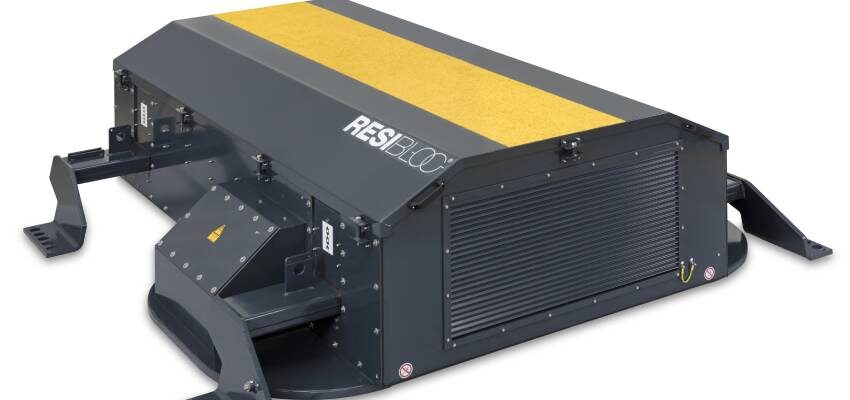
Innovative solutions for rolling stock traction transformers
Electrification is the key driver for a carbon-neutral future, especially with the rapid growth of urbanization.

Electrification is the key driver for a carbon-neutral future, especially with the rapid growth of urbanization. Within that context, sustainable transportation and railways in particular, will have to transform to the electrified world swiftly.
According to IEA’s“The Future of Rail” [1] report (January 2019), the global demand for transport is growing fast. Given the present trends, passenger and freight activity will more than double by 2050. Rail is among the most energy-efficient modes of transport for freight and passengers: rail transport accounts for only 2 % of the global energy demand of the transport sector. Meanwhile, it accounts for about 8 % of passenger and 7 % freight global movements, respectively.
Read the full article in PDF
One of the reasons for this is that the rail sector is widely electrified and continues to electrify its operations with steady progress. This increase in electric mobility is supported by gradually reducing the footprint of diesel power along with innovations in electrical traction technologies and solutions. Additional optimism is generated by next-generation technologies like hydrogen or battery-powered trains.
Indeed, rail transport is key in shaping the sustainable mobility of the future. These efforts for more sustainable transport are also backed by the evolution of onboard traction transformers towards more efficient solutions regarding energy consumption and total cost of ownership.
Onboard traction transformers
The function of the onboard traction transformers includes the conversion of power from the overhead catenary with high voltage levels ranging 15-25 kV to those required by the power converter in the traction system. Thus, driving train performance and powering the various auxiliary services on board (like lighting, heating and ventilation, brakes, signaling, and communication). Last but not least, they provide galvanic insulation for safety and protection purposes.
There are different types of traction transformers used by railways depending on the application: high-speed, commuter, and regional trains (electrical multiple units EMUs), locomotives, tram-trains, and AC metros – each with different design constraints in terms of size, weight, and power ratings. The traction transformers can be mounted either in the machine room of the train, on the roof, or under the floor.







